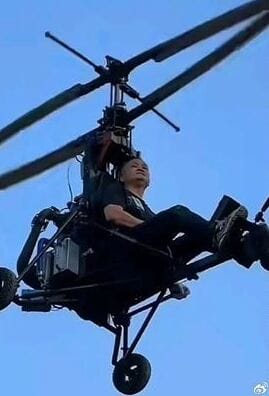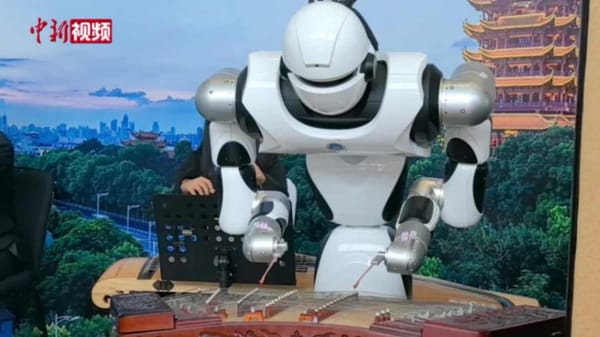LABUBU's Revenge: When Designer Toys Become a Ticket to Madness!
LABUBU mania in Hong Kong has exposed the dark side of designer toys: scalpers using bots, rampant counterfeits, and prices going literally insane. Is your collectible obsession turning into pure madness?
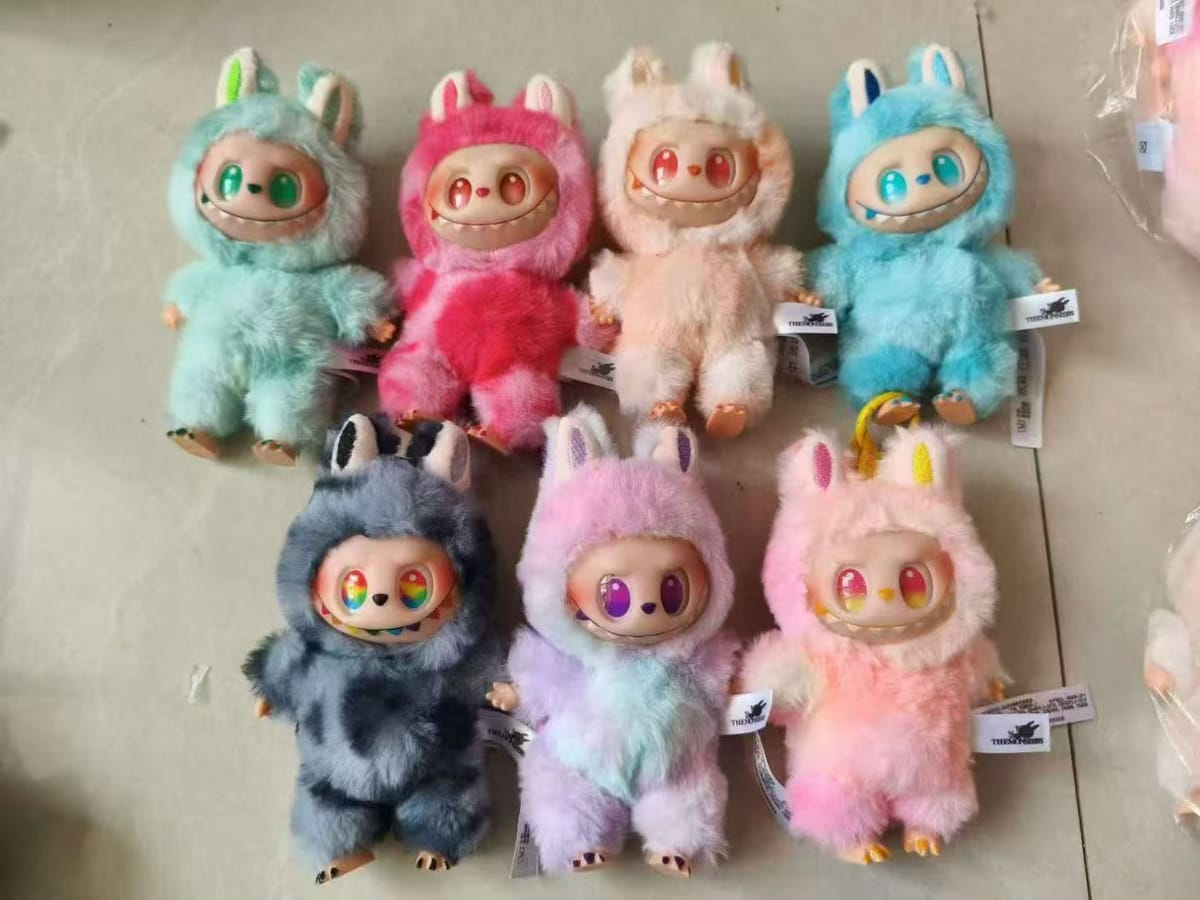
Alright Hong Kong, gather 'round because we need to talk about LABUBU. You know, that cute, squishy, slightly unsettling designer toy that’s taken over our social feeds and, apparently, our sanity? What started as a whimsical collectible has spiralled into a full-blown obsession, leaving many genuinely bewildered.
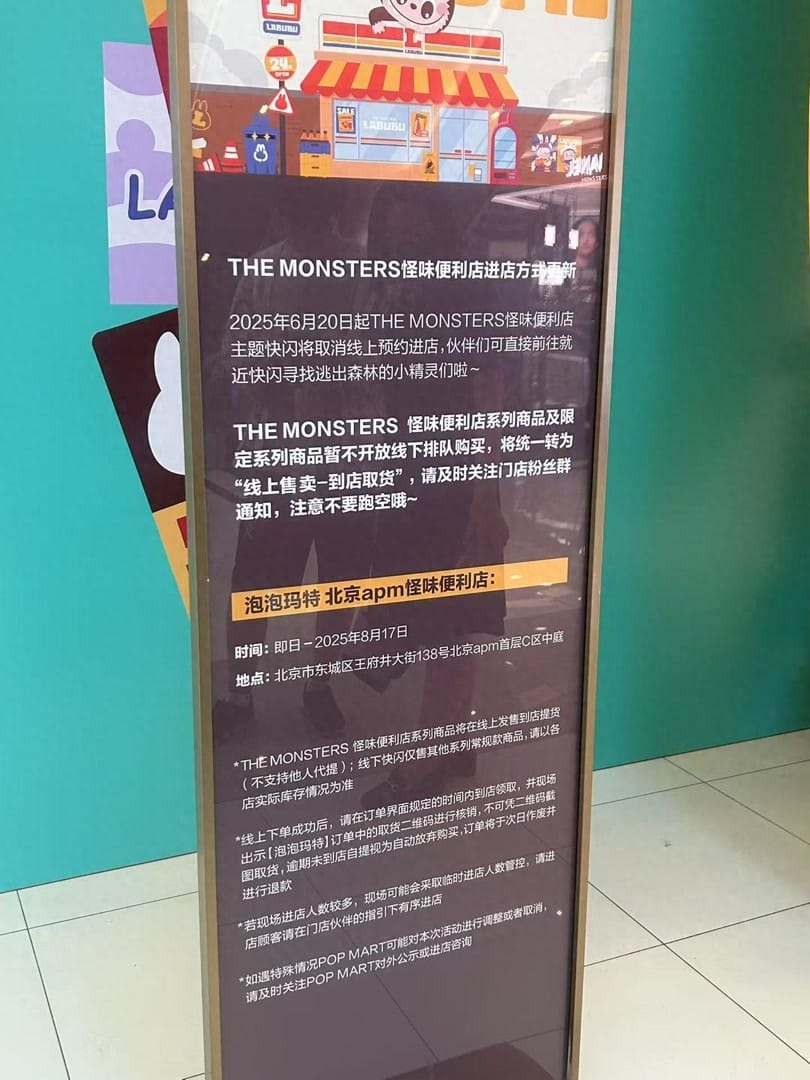
The Great LABUBU Gold Rush
In late June, a *slight* reprieve arrived as the "Frontline High Energy" series went on unlimited online pre-sale. Suddenly, the sky-high prices that had been climbing faster than a tourist on Victoria Peak began to fall. Scalpers, who were once hoarding boxes like dragon's gold, were now practically paying people to take them off their hands. A full case, which was fetching a cool 2800 RMB, crashed back down to a more reasonable 800 RMB.
But this wasn't just a minor hiccup; it exposed the entire grubby underbelly of the designer toy market. From front-end hoarding to back-end price gouging, and let’s not forget the indistinguishable counterfeits flooding the market – it’s a recipe for disaster, and our beloved IPs are paying the price.
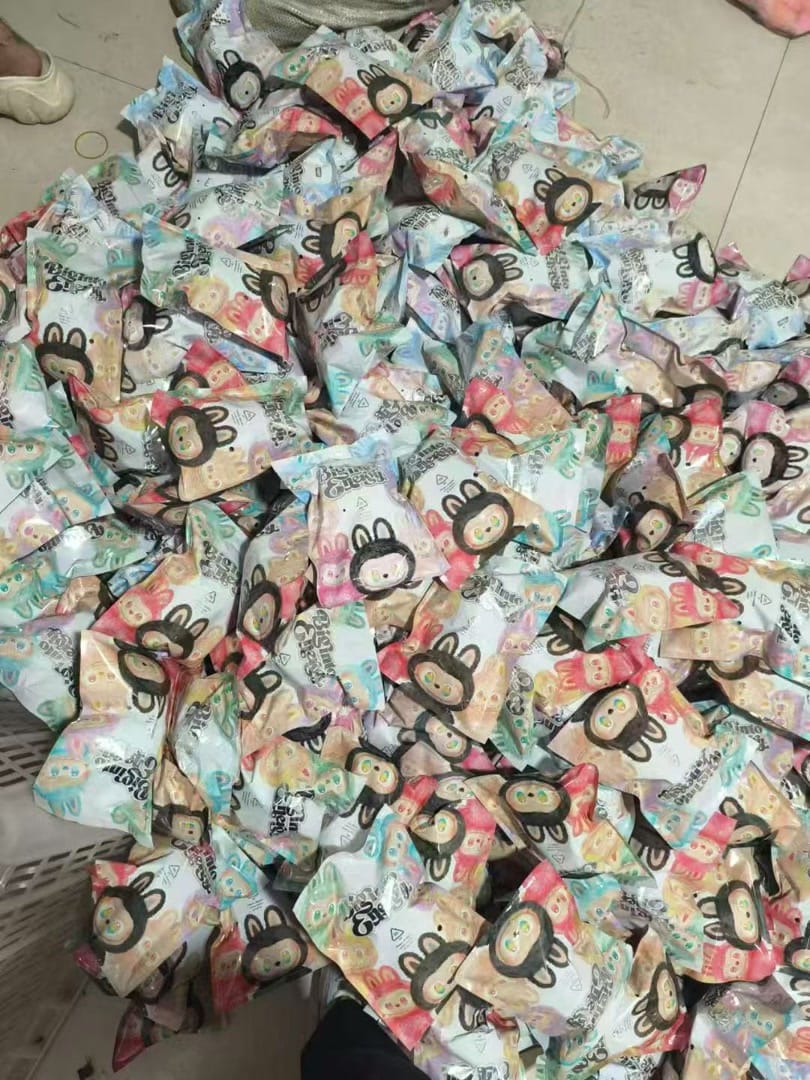
From Sold Out to Scalped Out
Picture this: You travel all the way from the outer districts to Wangfujing, hoping to snag a LABUBU. You arrive… and it’s all display models. The shelves are bare, proclaiming "SOLD OUT." This isn't a new story; it's the recurring nightmare of many a collector.
The situation got so wild that even the *chance* to buy was being resold. Online lottery qualifications, which originally cost a measly 0.1 RMB, were being flipped for a staggering 500 RMB! It’s like paying a premium just to be *allowed* to throw your money away.
And then, as if on cue, a shadowy figure emerges from the alley, offering you that sold-out limited edition for ten times its original price. “A bargain at 2800 RMB!” they whisper, their eyes darting around suspiciously. It’s enough to make you question reality – or at least your purchasing decisions. 🤪
The Rise of the Robo-Scalpers 🤖
Forget speed-typing or lightning-fast reflexes. These scalpers? They’re not playing by the same rules. How do they consistently snag every limited release? It’s not about quick fingers; it's about quick code. They’re using sophisticated bots, snatching up entire batches in seconds.
Imagine a battle where one side has an army of super-powered robots and the other is armed with… well, your average iPhone. That’s the disadvantage most fans are up against. These bots can automate the entire purchase process, from selecting the item to hitting that final checkout button, all while you're still trying to find the right button to press. It’s like trying to win a racecar competition with a unicycle. 🚲
And the intel? They’ve got dedicated chat groups, sharing minute-by-minute updates on restocks. It’s a whole underground operation, meticulously tracking every single available unit. It’s less about collecting and more about covert ops!
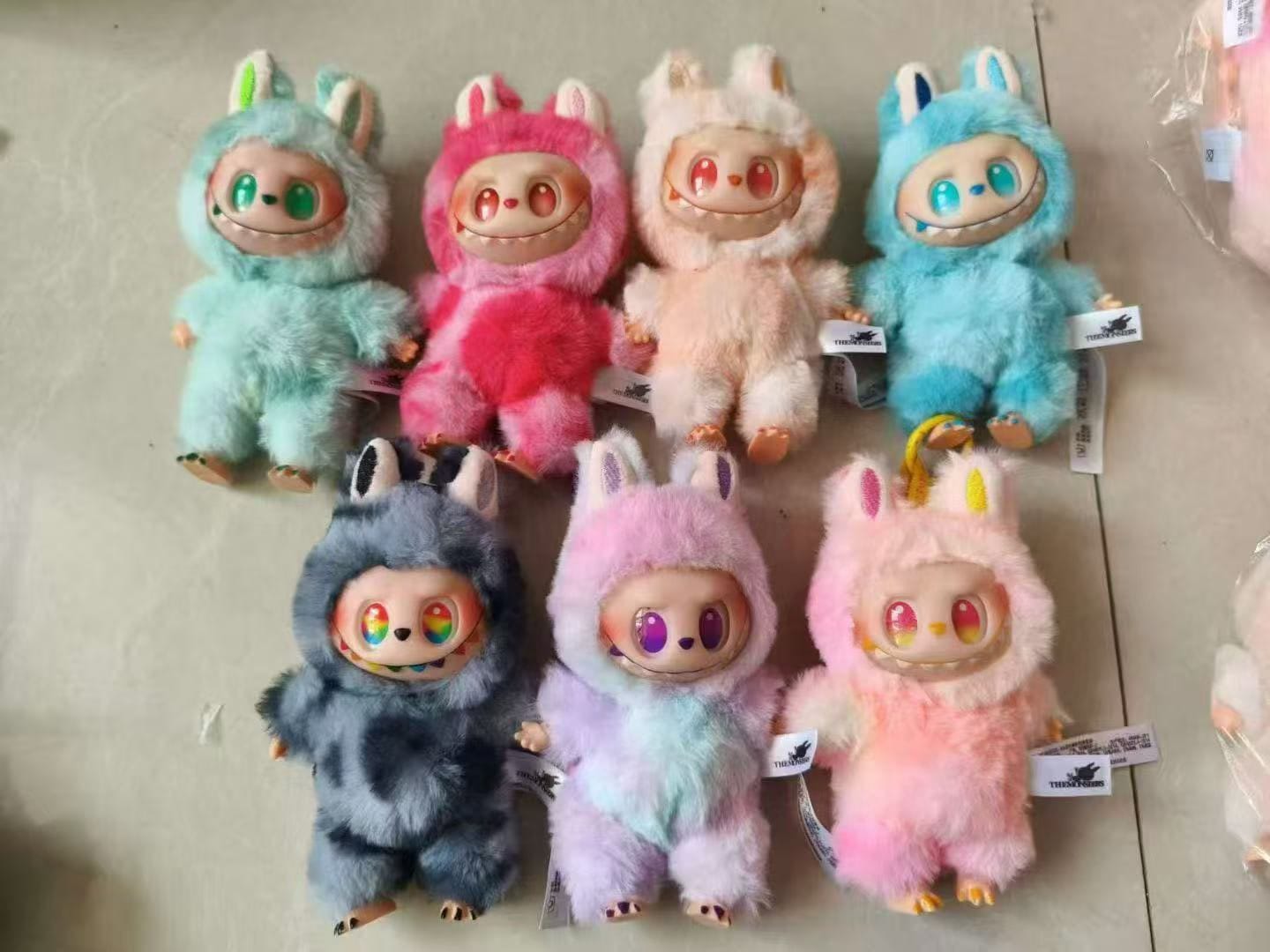
Counterfeits: The Wild West of Toys 🤠
When legitimate LABUBU stock is as rare as a silent taxi ride in Central, fake ones inevitably creep in. We’re talking about nearly 10,000 counterfeit LABUBU items seized at airports! It's a plague.
And the audacity! Some sellers openly advertise “high-quality replicas” made in parallel factories. They can churn these out in just two weeks! For a price of 320 RMB for a “case” of these fakes, it’s a mockery of the original artisans who spend months on design and production. Some even offer the elusive “hidden” models for a mere 80 RMB. It’s a race to the bottom, fuelled by pure imitation.
The chilling part is that these fakes often find their way into the legitimate secondary market, masquerading as genuine articles. Collectors are being duped, left with toys that feel… off. The stitching is wrong, the material feels cheap, and the aura of authenticity is gone. It’s like buying a fake Rolex; it looks okay from a distance, but up close, the deception is glaring. 💔
When Passion Turns to Panic
This whole “fakes, scalpers, and inflated prices” trifecta is doing more than just annoying collectors; it's actively harming the designer toy industry. It’s like a parasitic relationship where the host (the IP) is slowly being drained of its lifeblood.
Imagine pouring your heart and soul into creating a unique toy, only for pirates to flood the market with cheap knock-offs within weeks. It’s not just lost sales; it’s the erosion of trust and brand value. And when consumers get burned by fakes or inflated secondary markets (we’re looking at you, past toy crazes!), they start to lose faith. That passion that drove the initial hype quickly turns into a bitter disappointment.
The industry needs to get its act together. We can't let these designer toys become speculative financial instruments. They’re meant for joy, for art, for that little spark of childlike wonder. Let’s bring the sanity back to collecting before we all end up in a padded room obsessed with a whimsical blob!

